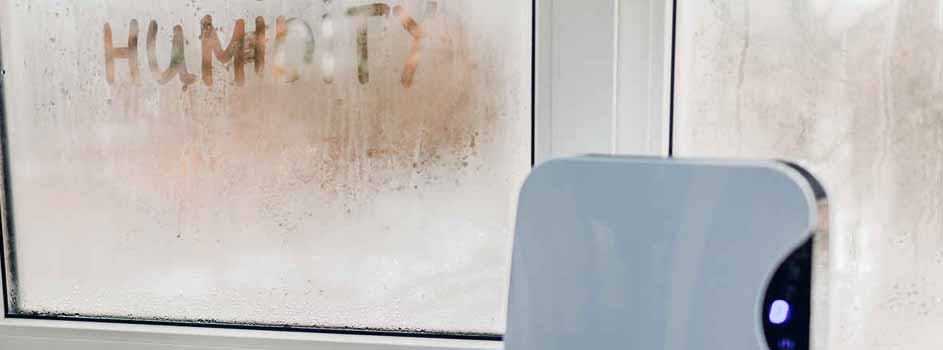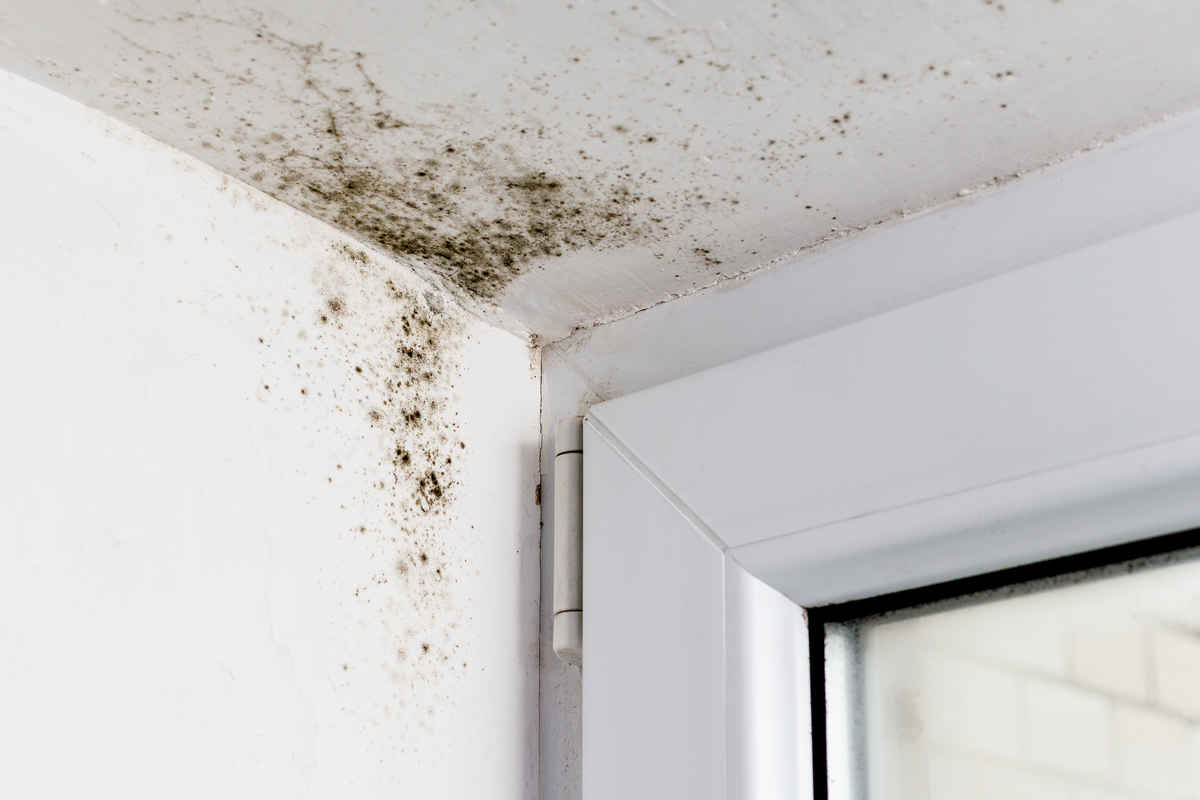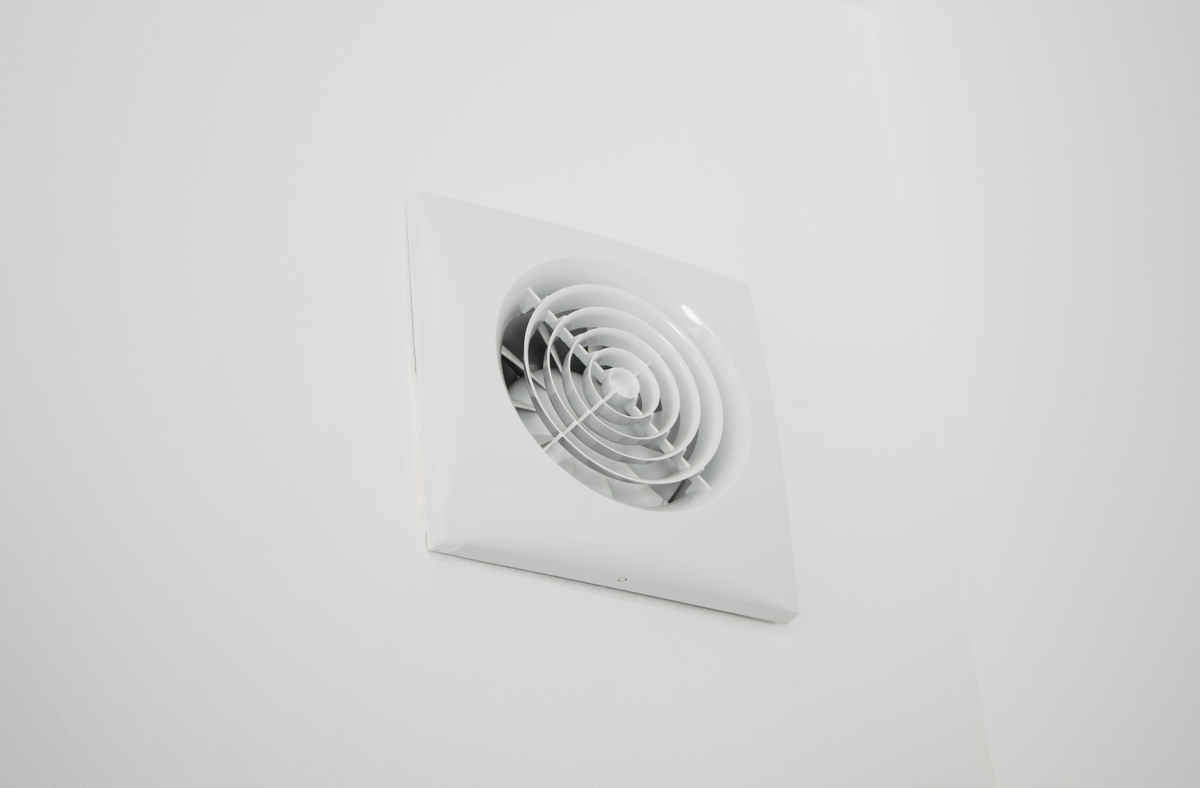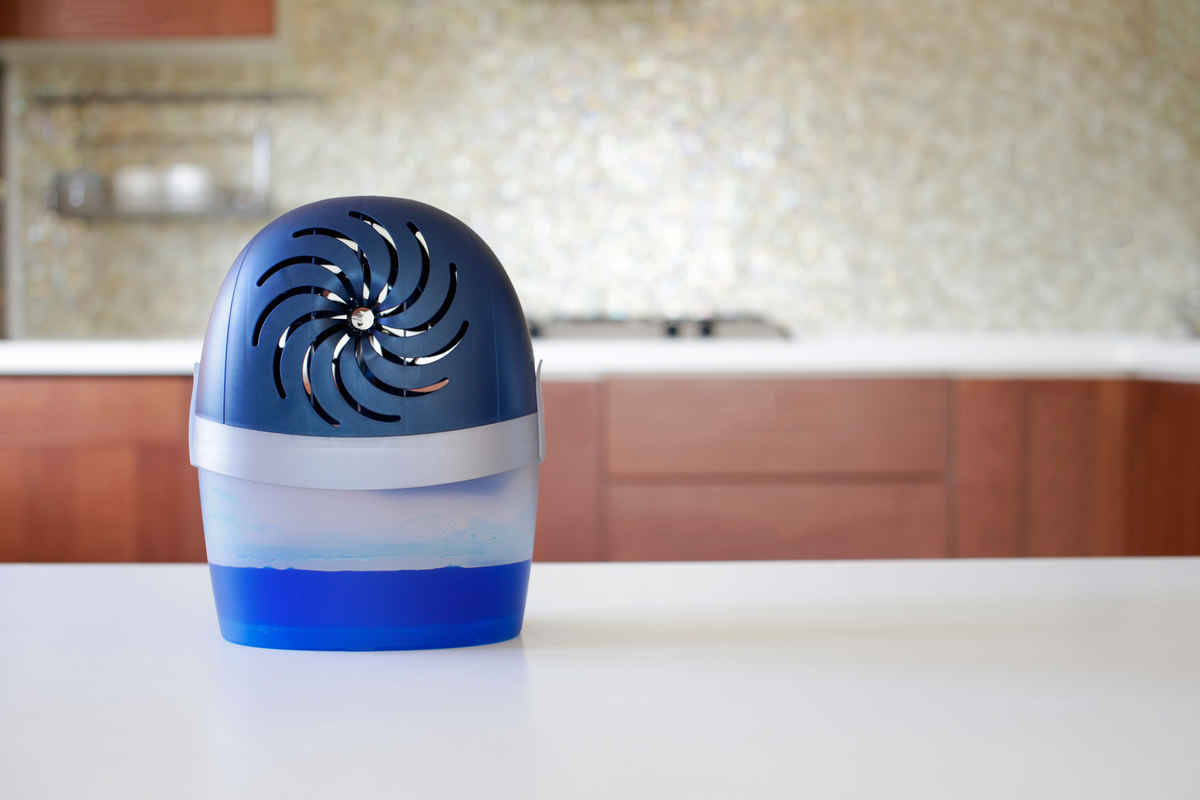


The tell-tale signs of high humidity are not pleasant ones. A clammy feel to the air and fogged windows are the first noticeable symptoms of a room with too much moisture in the air.
From there, things only get worse. Condensation patches on walls and the accompanying mould and mildew growth will follow if the humidity remains constantly high.
But, this doesn’t mean you can’t do anything about it. If you understand what causes these problems you can find simple solutions to tackle them. Many require little more than changing a few daily habits and identifying what causes humidity to rise within your home.
What Causes High Humidity In A Room?
Often we are the culprit behind high humidity in our home. Many of our daily activities create moisture. From showering to cooking to drying washing and simply breathing. All of these activities release differing quantities of moisture which has to be absorbed by the air within our home.
The problem is that air can only hold a certain amount of water and this is limited by temperature. The lower the temperature the less moisture it can contain. This is why condensation forms on cold windows and external walls – because these surfaces are cold. As soon as warm, humid air hits these surfaces it releases the water it contains and this deposits as condensation.
Humidity also doesn’t respect boundaries within the home. If your bathroom is like a Turkish bath after use by your family the moisture created within will spread across your home. This is known as vapour pressure and it is the process of how humidity levels will always attempt to even themselves out.
This means the moisture created in your bathroom or kitchen can cause humidity to increase throughout your home.
Tips On Dehumidifying A Room

1 Reduce The Sources Of Humidity
This is actually easier than it might seem. We mentioned that we are often the cause of high humidity and below you’ll find a few simple changes you can make to vastly reduce the humidity within your home:
- Take slightly cooler and shorter showers. The lower the temperature and the less time you shower then the less steam, and therefore, humidity that is produced.
- Try not to dry your washing on radiators. This creates a lot of moisture! And, if you do need to do this, consider buying a dehumidifier with a ‘laundry mode’ setting to suck up the excess humidity this creates.
- When cooking use your extractor fan to help quickly deal with the steam created from boiling pots and pans. And, if your cooker doesn’t have an extractor fan, keep the door to the kitchen closed to prevent the humidity spreading. It is also a good idea to open the kitchen window slightly to allow the steam to escape.
- If your home has a gas fire use oil-filled radiators or electric heaters in its place. Burning gas releases a lot of moisture whereas electric heaters are what are known as dry heat sources.
- Reduce the number of indoor plants you have. Plants release moisture from their foliage via a process known as transpiration. This is why window sills with lots of plants will cause condensation on the corresponding window.
2 Increase Ventilation and Airflow

Humidity is often a problem during the winter months since this the time our homes are often closed up the most. The colder air makes it less than appealing to open windows and doors to allow fresh air inside.
However, this is by far the simplest (and cheapest) way to lower humidity within a room. It won’t cure problems but it provides a quick fix. Something as simple as leaving a window on secure-latch or a door slightly is often enough.
You could also try using an upright or extractor fan to help increase the airflow within the room. Stale and stagnant air provides the ideal conditions for damp and mould to develop. This is why you’ll often find mould patches behind furniture or curtains that are too close to outside walls.
3 Keep The Room Warm
Heating your home can be costly thanks to relentlessly climbing energy prices. However, using a dry-heat source such as radiators or electric heaters will help keep humidity at bay.
In addition, by maintaining a more inconstantly warmer temperature the wall surfaces and windows will begin to warm. This will make it more difficult for condensation to develop.
4 Invest in a Dehumidifier

When it comes to dehumidifying rooms quickly and keeping damp at bay dehumidifiers are difficult to beat. They tick all of the key dehumidifying boxes:
- They remove moisture from the air
- They increase airflow by using a fan to push out dry air
- Many dehumidifiers (especially true for desiccant models) emit warm air, which in turn, keeps the room they operate within warmer.
Dehumidifiers effectively allow you to have your cake and eat it. Because they actively remove moisture there is no need to open doors or adjust your daily habits. A suitably powerful dehumidifier will take care of any excess moisture you create. We created a dehumidifier FAQ that answers the most common questions people have about dehumidifiers. It’s well worth a read if you’re unsure about them.
5 Should I Use Moisture Traps?

This is a simple question with a (slightly) complex answer. Moisture traps are effective at dealing with slightly high moisture in cupboards or in your car, for example. However when it comes to dealing with the humidity created by an average small family, or even a couple, then they are not effective.
To put this in perspective the Aero 360 is one of the most powerful moisture traps available. However, it takes months for it to absorb just 500ml of water. A dehumidifier could do this in an afternoon. Plus, you need to consider the expense of using moisture traps. Many need replacing and cannot be reused, this could cause them to be an expensive option over time.
Moisture traps have their place. But, it is important to be realistic about what problems they can tackle.
6 Identify If The Humidity Is From A Deeper Problem
In some, albeit much rarer, cases high humidity could be the result of penetrating damp. If you’ve followed the tips in this guide and are still having problems you might need to investigate a little more to pinpoint the cause. Penetrating damp does leave some tell-tale signs that are easy to spot.
The first is dark, wet patches on your walls or ceiling. At first glance, this might appear similar to condensation. However, unlike condensation, this cannot simply be wiped away. Secondly is flaking, crumbling paint and plaster around the wet patch.
If you notice these symptoms there are some common and inexpensive to cure problems that might be the cause. For example, bushes and trees touching the exterior walls of your home will allow water to ingress. Leaky and blocked roof gutters are another common cause of penetrating damp. In both cases simply cutting back the tree or bush and unblocking or repairing your gutters will help.
However, if the problem appears to have a more serious cause you might need to consult an experienced building surveyor for advice and to locate the root of the problem.





